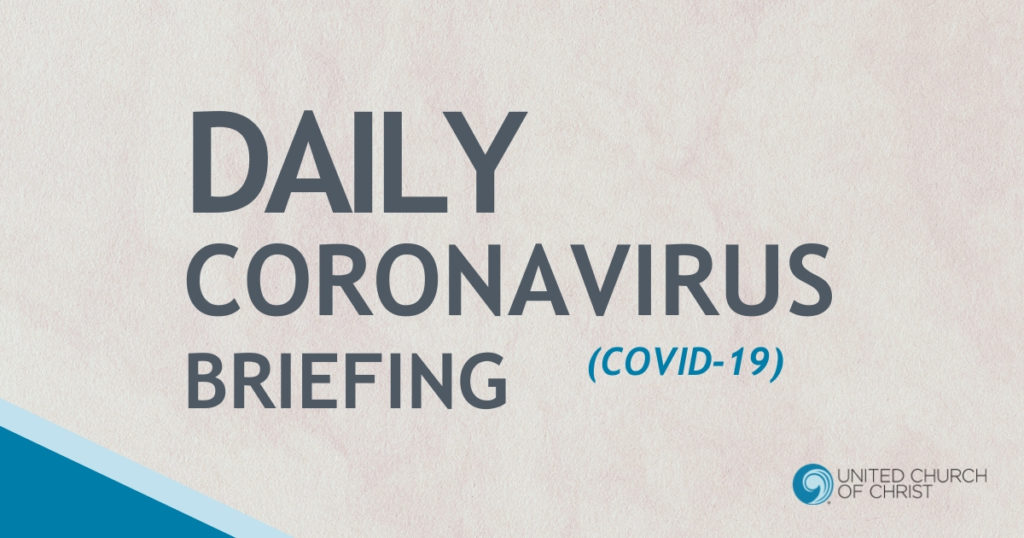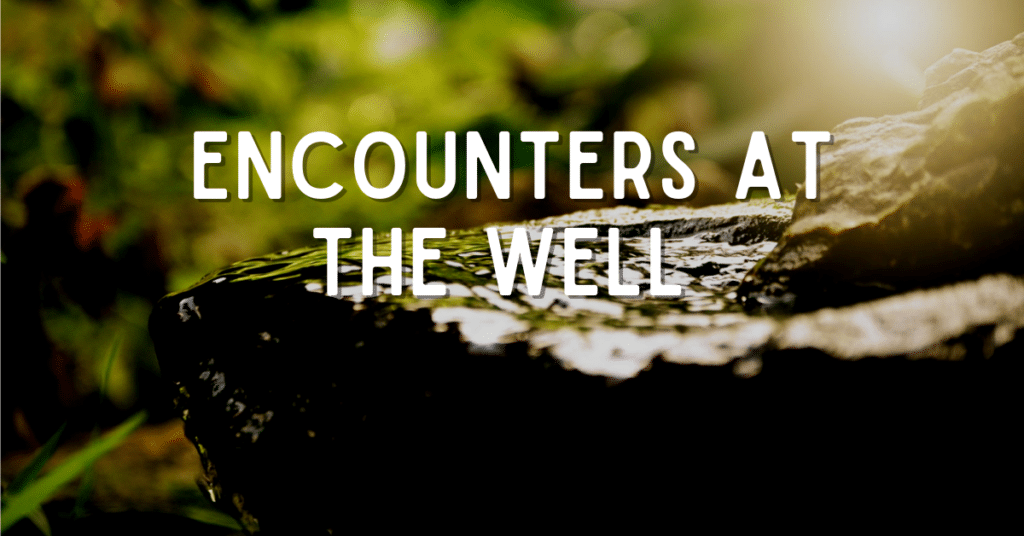COVID-19 “New Normal?” (Part One)
United Church of Christ – Wider Church Ministries
Humanitarian Development Team
Coronavirus (COVID-19) Daily Briefing
Barbara T. Baylor, MPH – Temporary Health Liaison
COVID-19 New Normal?” (Part One)
When will things “go back to normal?” Or are we headed into a “new normal?” If so, what will that “new normal” look like?
“You can call it the ‘new normal.’ I call it the ‘now normal’ because I think every day is going to be different,” said Juliette Kayyem, a former assistant secretary in the Department of Homeland Security, in a CNN piece titled “America’s ‘new normal’ will be anything but ordinary.”
On Wednesday, President Trump reportedly rejected the notion of a “new normal,” saying that COVID-19 “is going away” soon and that he sees “‘new normal being what it was three months ago.’”
The President and some governors clearly are eager to get America “back open” quickly even if conditions his own government set for “Opening Up America Again” aren’t met. See April 29 UCC COVID-19 Daily Briefing.
Others, including physicians on the White House Coronavirus Task Force and at the Centers for Disease Control, are more cautious, saying that “we will have to keep social distancing through the summer” (Dr. Deborah Birx) and that, without tremendous vigilance, a resurgence of COVID-19 is all but certain this fall (Drs. Anthony Fauci and Robert R. Redfield).
The impact of COVID-19 is likely to be with us for far longer than we think (or want!) and will continue to bring many changes to our lives.
The “new normal” implies that something that was previously abnormal has become commonplace, for better or worse.
In tomorrow’s daily briefing, we’ll look at “new normals” for the longer term – up to widespread availability of a vaccine and beyond. In today’s daily briefing, let’s explore some selected “new normals” we can expect to begin or continue in the coming months, especially as states move step by step to calibrate economic and social activity while limiting new COVID-19 infections.
For starters, here are some “new normals” cited in CNN’s “America’s ‘new normal’ will be anything but ordinary” that we’re already seeing or are likely to be seeing soon:
Mass temperature checks, mandatory use of face masks, empty sports and entertainment venues, increased sanitization efforts and deep cleaning, limits on unnecessary travel, floor plans conducive to physical distancing; disposable menus and masked servers in restaurants with fewer seats.
NPR’s Rachel Martin, host of Morning Edition, ponders: How will things change in the post-pandemic world? Is this the end of handshakes? What about salad bars? Are we going to stay tethered to technology to keep the virus at bay?
Because COVID-19 is so widespread and contagious, webcasting and teleconferencing have exploded since the start of the pandemic, with churches using it for worship, meetings and fellowship; schools for instruction; friends and family for socializing, and doctors for virtual appointments with patients.
Take telemedicine, for example. As of March 17, 2020, CMS has expanded access to telemedicine for Medicare patients, while allowing providers to waive or reduce costs. Although not new, virtual medical visits have become the new normal during the COVID-19 pandemic because COVID-19 is so widespread and contagious.
Virtual medical visits allow patients to pay for an e-visit with a licensed physician. They provide a no-contact means to pre-screen patients and refer only those who absolutely need emergency treatment to emergency rooms, substantially minimizing the risk of exposure to other patients and healthcare providers.
One drawback to telemedicine is that you must have a smartphone and/or computer with videoconferencing software and an internet connection.
View – The Doctor’s Checklist: Technical Tips for a Successful Telehealth Visit
Stay at Home, Shelter in Place
For most non-essential workers across the United States, the most immediate, biggest “new normal” has been to stay at home.
As a result, observes Theresa Nutten, a therapist in the Purdue University Counseling and Psychological Services:
“Some people may find themselves in survival mode, Others may be attempting to settle into their new routines. For some, this means trying to combat social isolation. For many, it means learning how to live (or re-live) with friends, family members, partners, or roommates, which is not always easy. Others may be struggling with the fatigue, frustration, sadness, anger, grief, and anxiety of adjusting. Some people have gone through the adjustment process and are finding comfort in your new norm.”
Nutten advises us:
- This situation is both uncertain and temporary! It’s okay not to feel okay. It’s also okay (and encouraged) to seek help and support!
- Adjustment is a process that looks different for most people. This process is not linear or well-defined. Patience and flexibility are important.
- Setting a routine can be helpful! In addition to doing your work or schoolwork, make sure to schedule time for your physical and emotional health, fun, creatively, social connection, and stress relief.
This is good advice for all aspects of living, and living into, a “new normal.”
References:
Virtual medical visits are the new normal during coronavirus pandemic
This IT expert says telemedicine will be part of the new normal
Related News
Planning for Earth Month: Resources for Congregations
April is Earth Month, and for congregations, it can be a great time to further discern how...
Read MoreBodily Autonomy Means Every-BODY
Advocacy and Action for Women's and Gender Justice Local events stir thoughts and...
Read MoreAn ally experiences PRIDE in the CLE
Advocacy and Action for Women's and Gender Justice Local events stir thoughts and...
Read More


